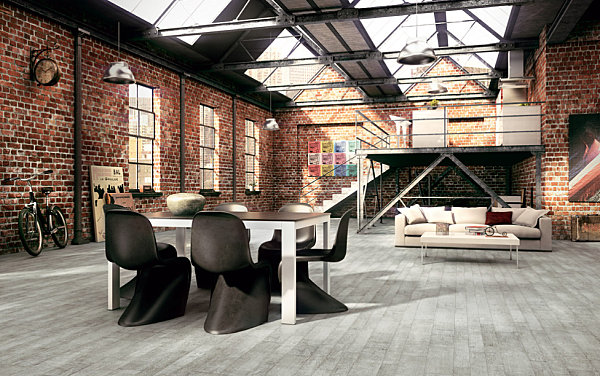Remember the industrial revolution? Since then, industrial architecture came into action and has been evolving since then and has become a very important component of industrialization in the modern-day scenario. This article will focus on industrial architecture and define it along with a short view of its characteristics. However, if you need to plan for industrial architecture, you can contact architecte industriel Stendel + Reich.
Industrial architecture
The buildings in the industrial sectors are some examples of industrial architecture. The builds are built so that the industries can easily process the raw materials into final products. Types of industrial buildings:
- Power plants
- Distilleries
- Factory buildings
- Manufacturing facilities
- Grain silos
- Refineries
The main focus of industrial buildings is to ensure workers’ safety and functionality instead of including pleasing factors like interior decorations. However, with growing time, the industrialists are focusing on turning the age-old industrial building into:
- Modern office buildings
- Showrooms
- Apartments
- Art galleries
Industrial buildings: Characteristics
There are various types of industries, and depending on their types, the designs also change. But there are such basic factors that remain the same in industrial architecture.
Wide and open spaces: industries are associated with carrying out a huge functionality. So the buildings are big and spacious. They have an open floor and very high ceilings.
Very minimalist approach: industrial architecture believes in less is more. They focus on keeping useful elements in the building rather than unworthy decoration.
Everything is kept in front of the eyes: The walls, ceilings, beams, floorings, plumbing, wiring, etc., are kept open in an industrial building.
Uses natural lighting: industrial architects focus on keeping big windows so that it allows the entry of natural light.
The function of the industrial architect
The main function of industrial architecture is to provide ease and functionality. Industrial architecture maintains the mechanical structure of the building. Industrial architectures need suitable functions to aid the workflow inside the buildings. They are aware of the different industrial processes and lay down designs accordingly.
Conclusion
To deal with complex services, lay down efficient plans that can deal with the continuous demand of people and moving goods and provide efficiency and comfort from the production of goods. An efficient architecture will help you channel your thoughts, and they will build the most convenient hub you need to carry out your business.

